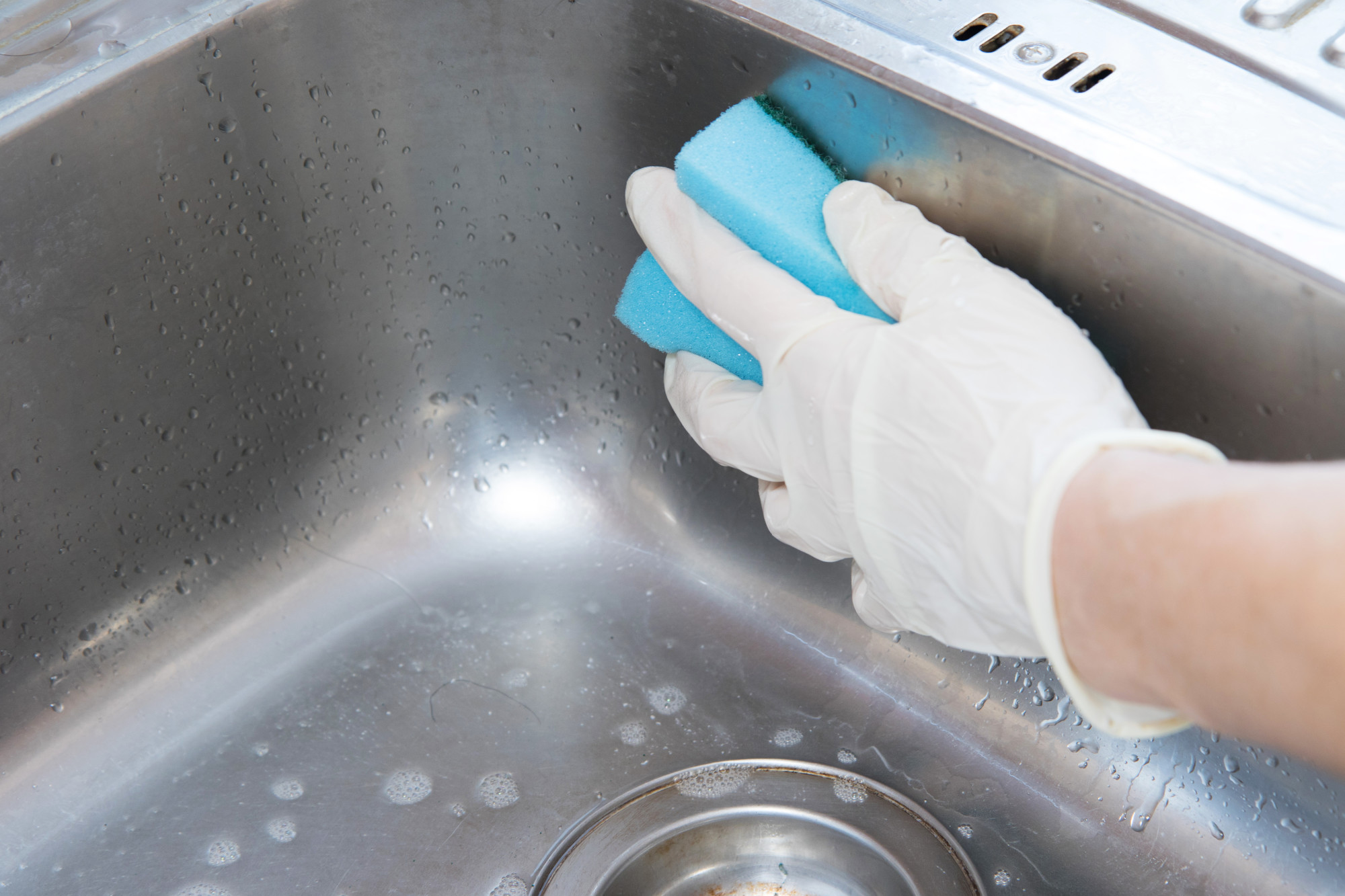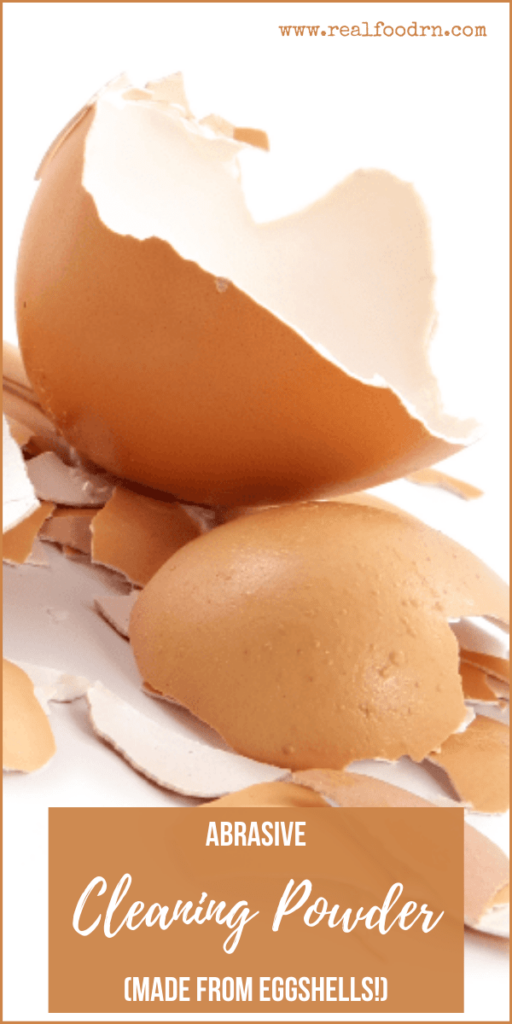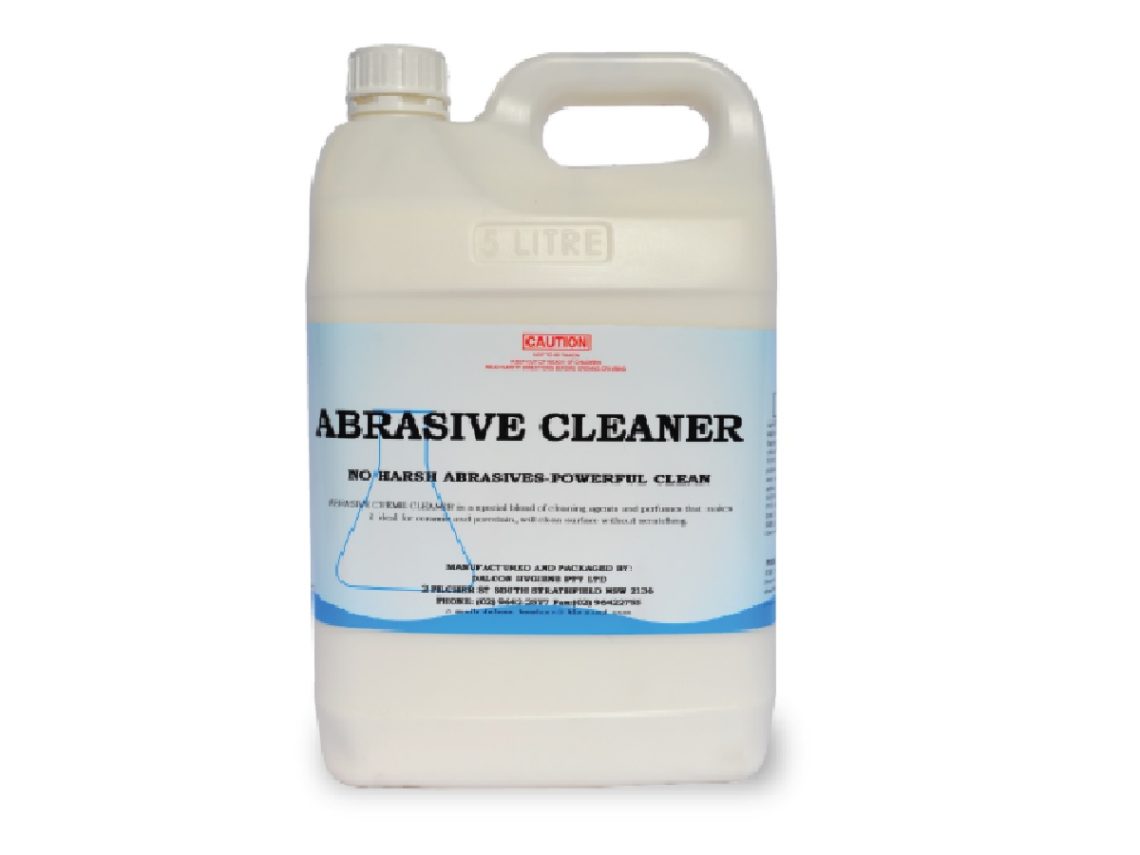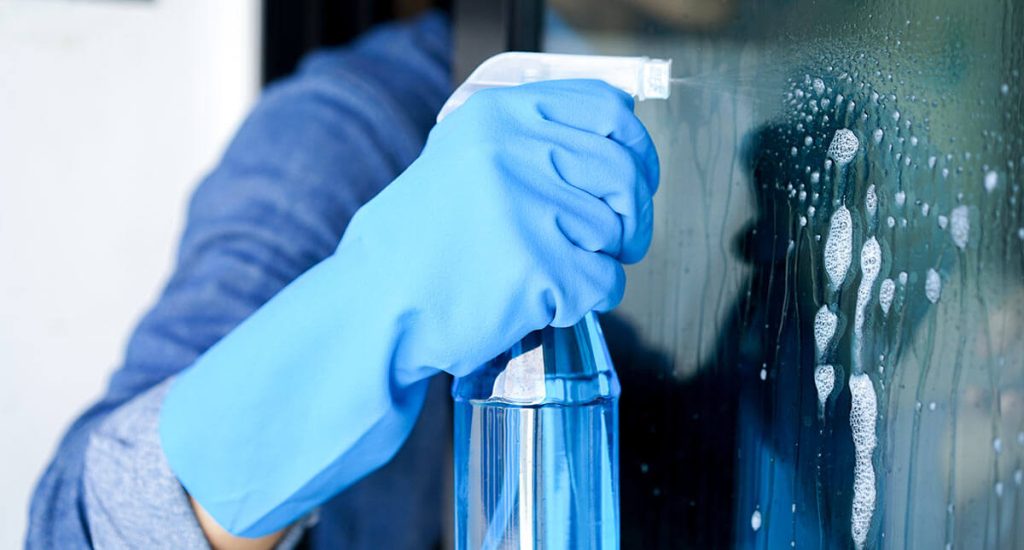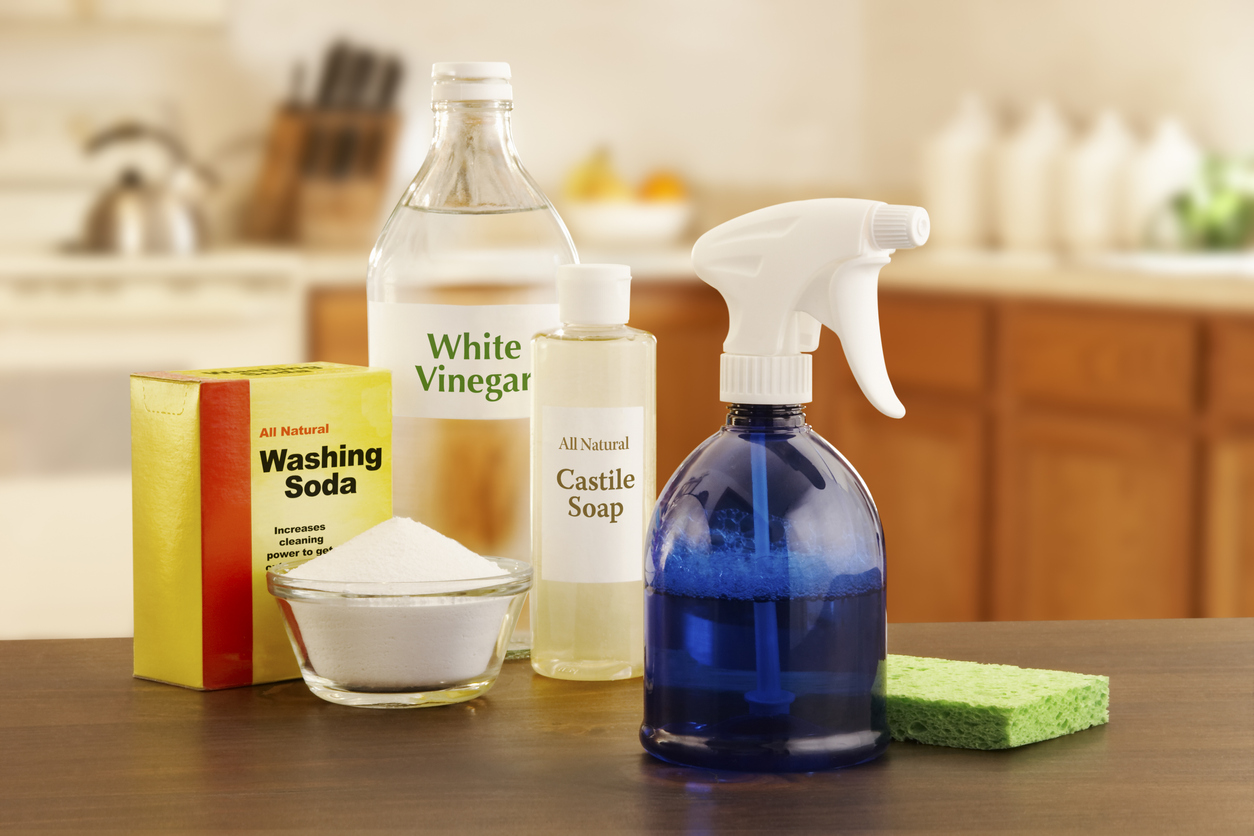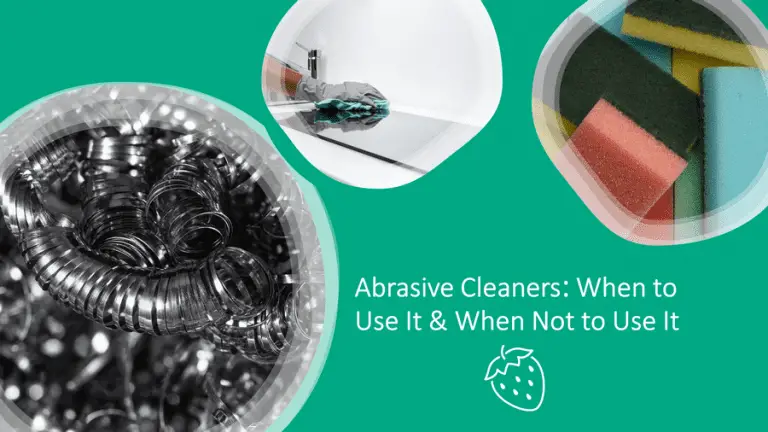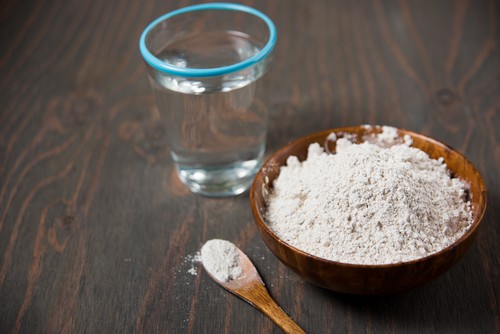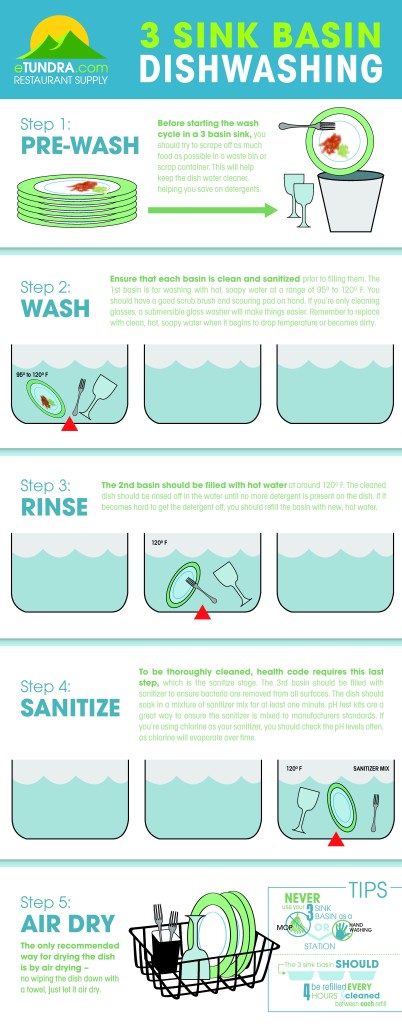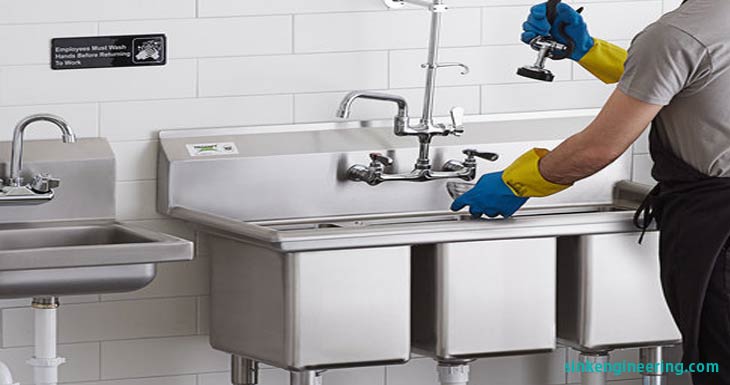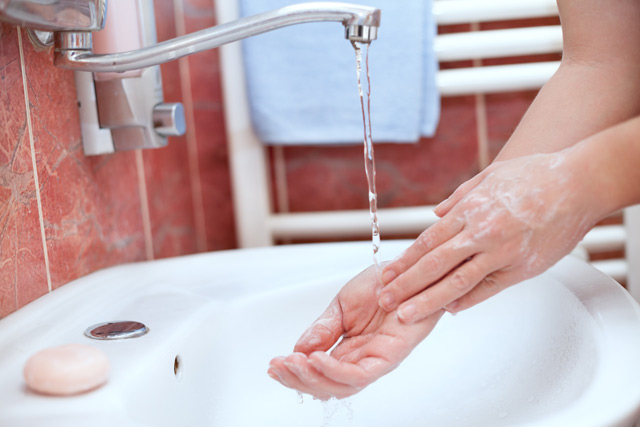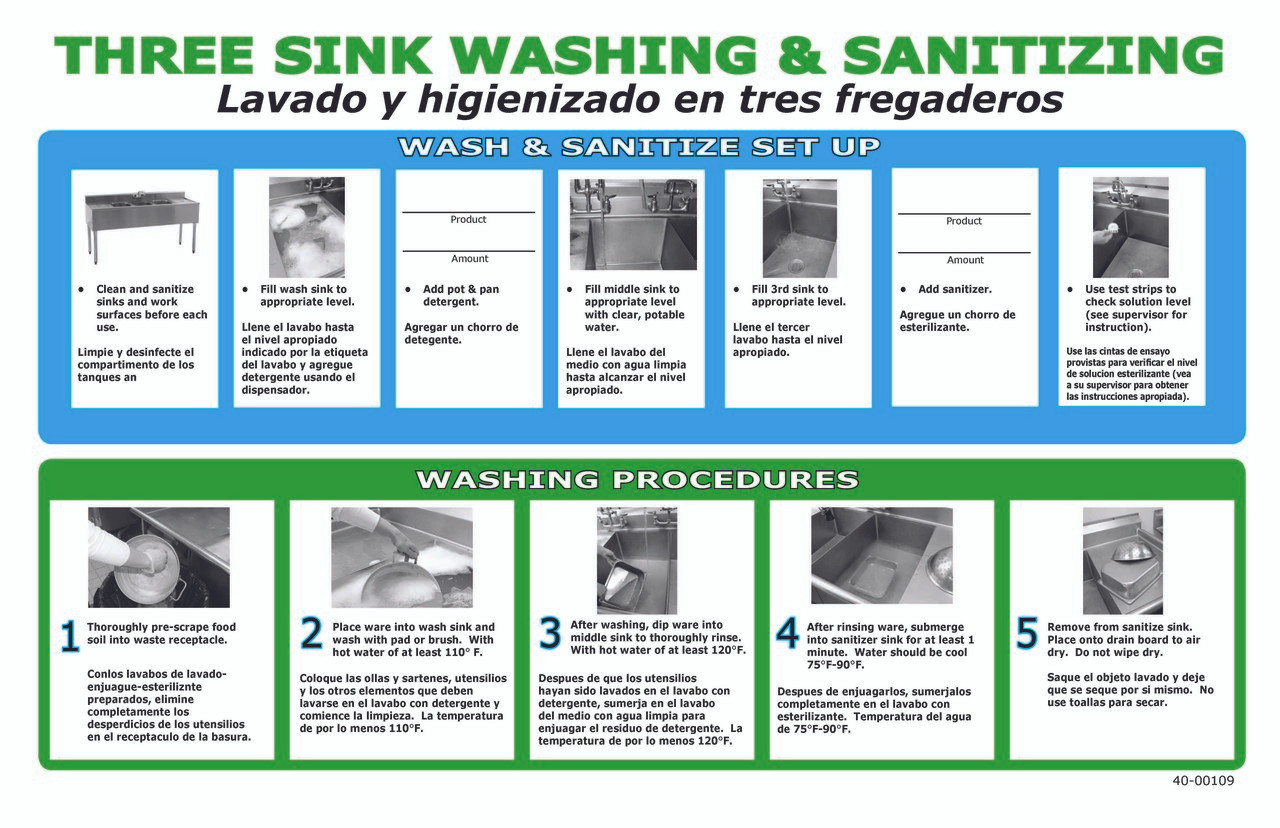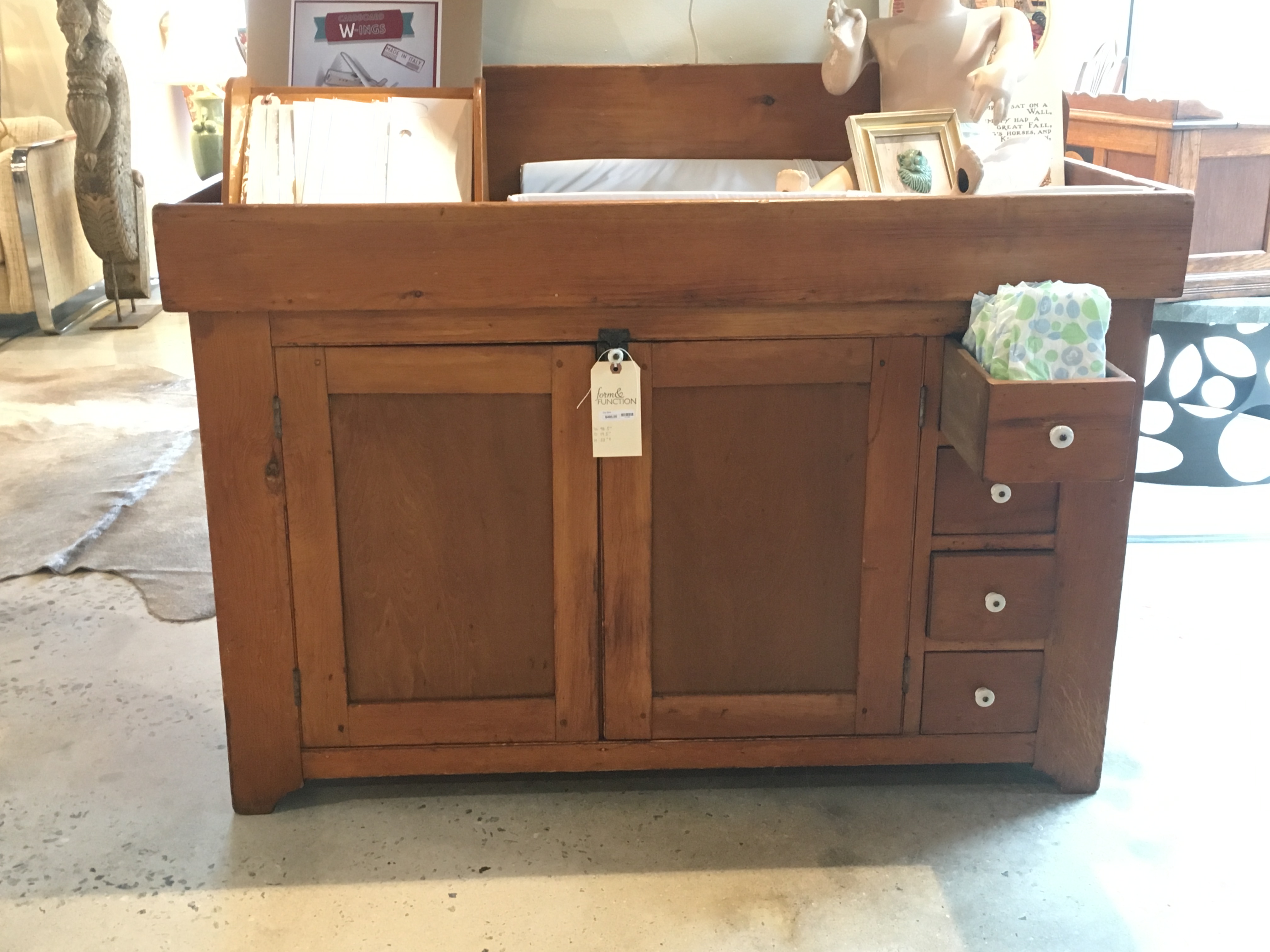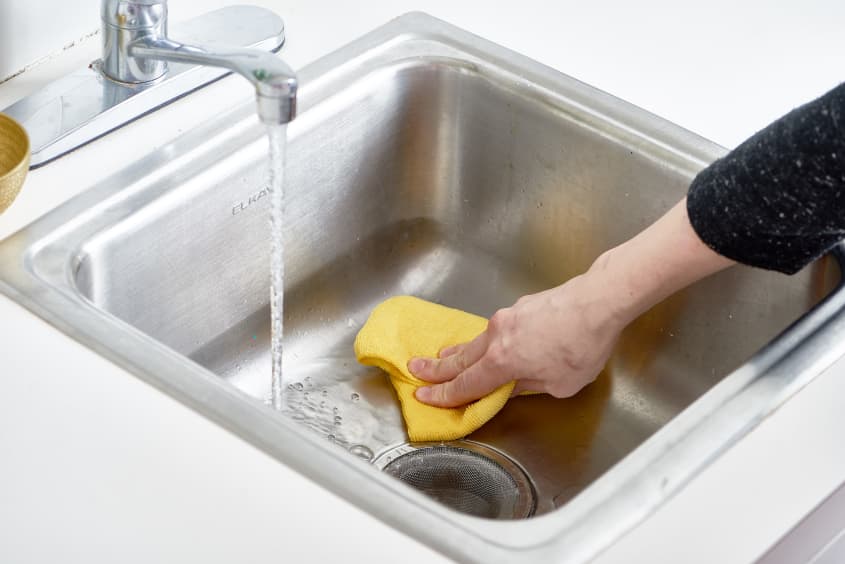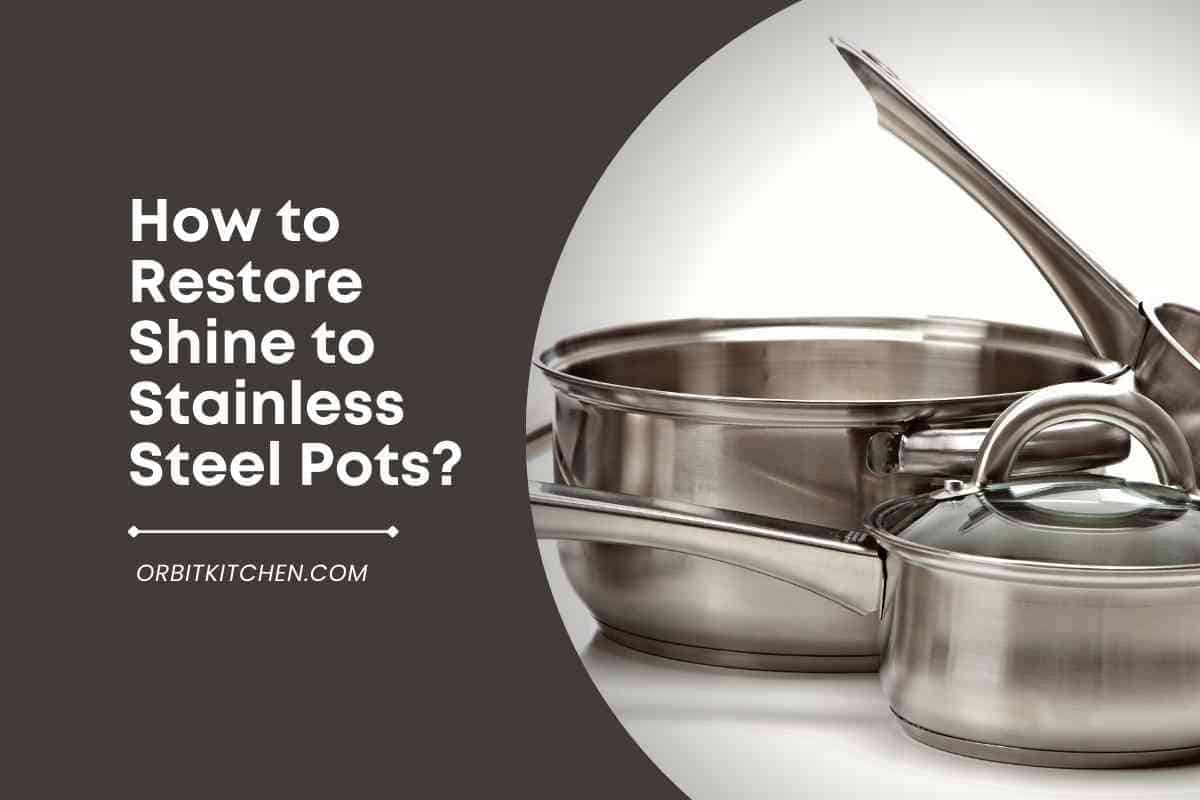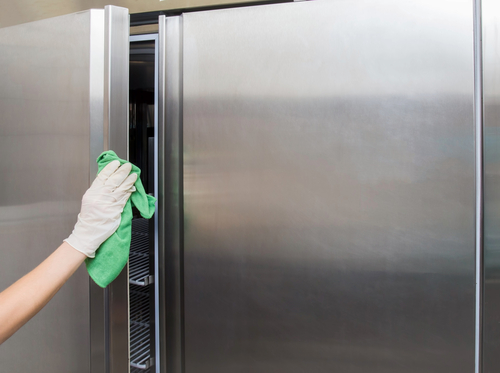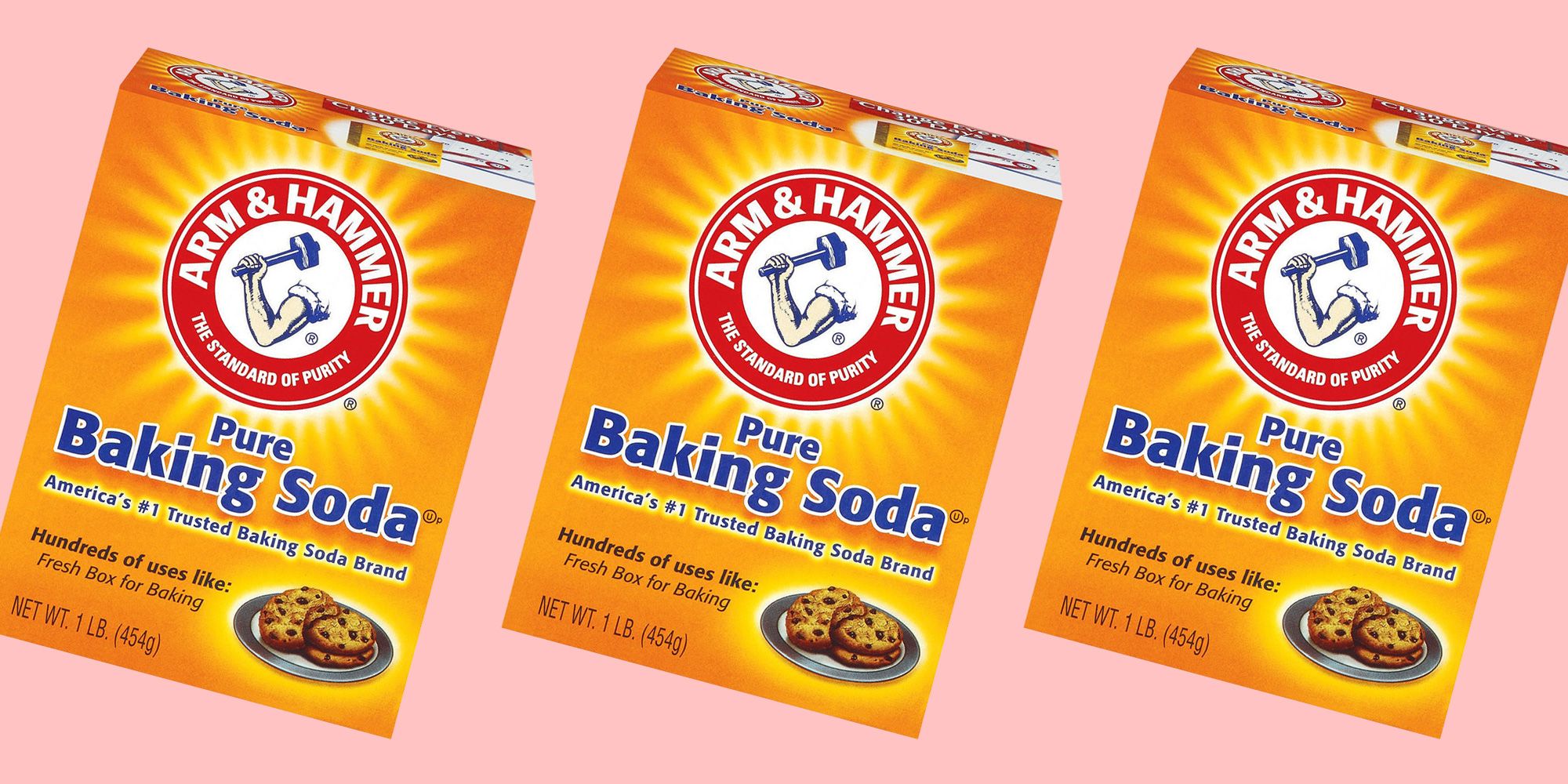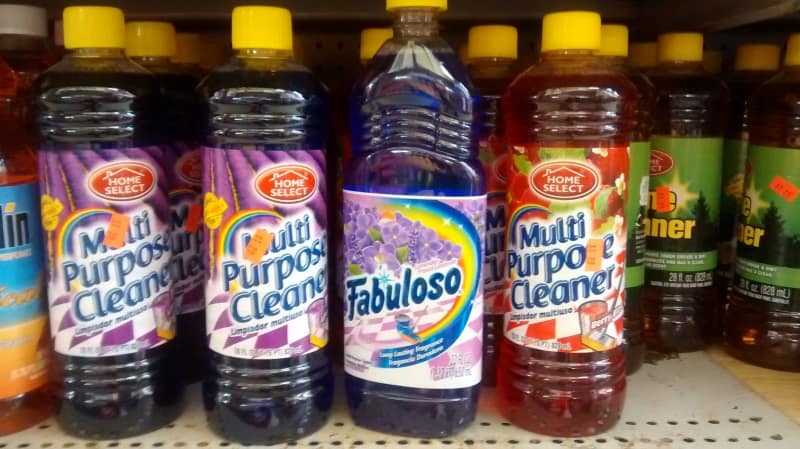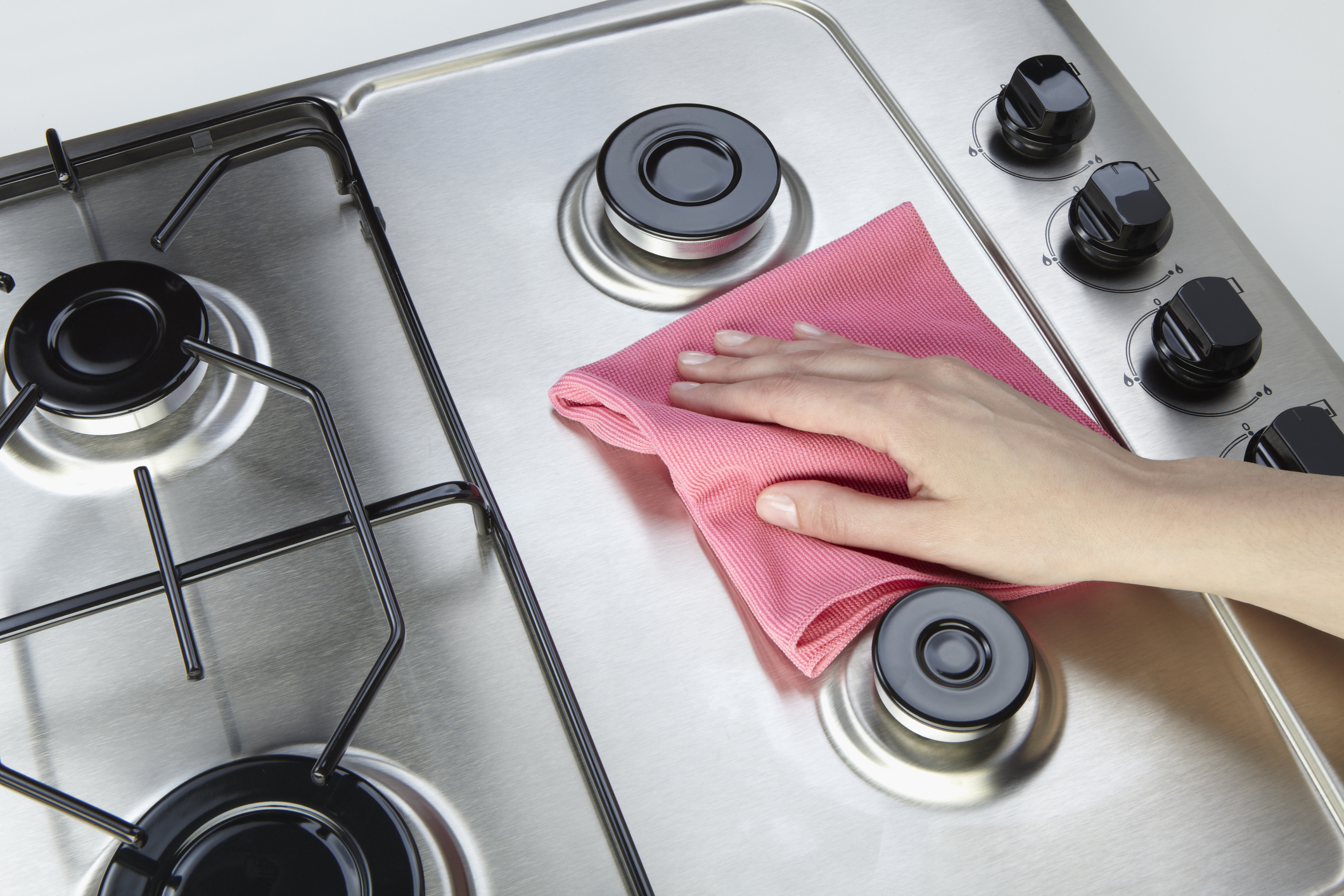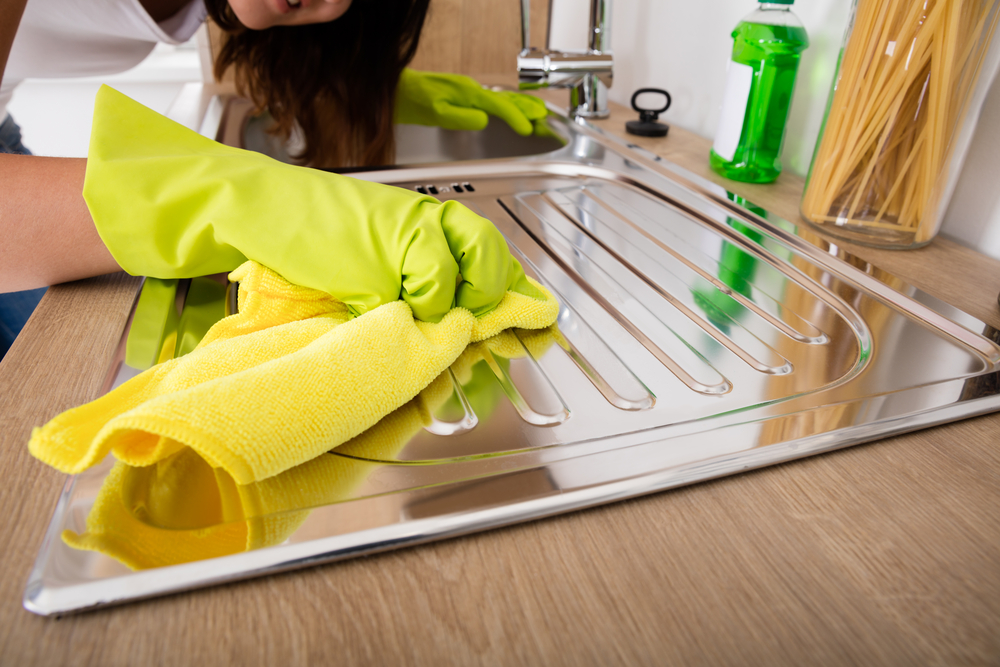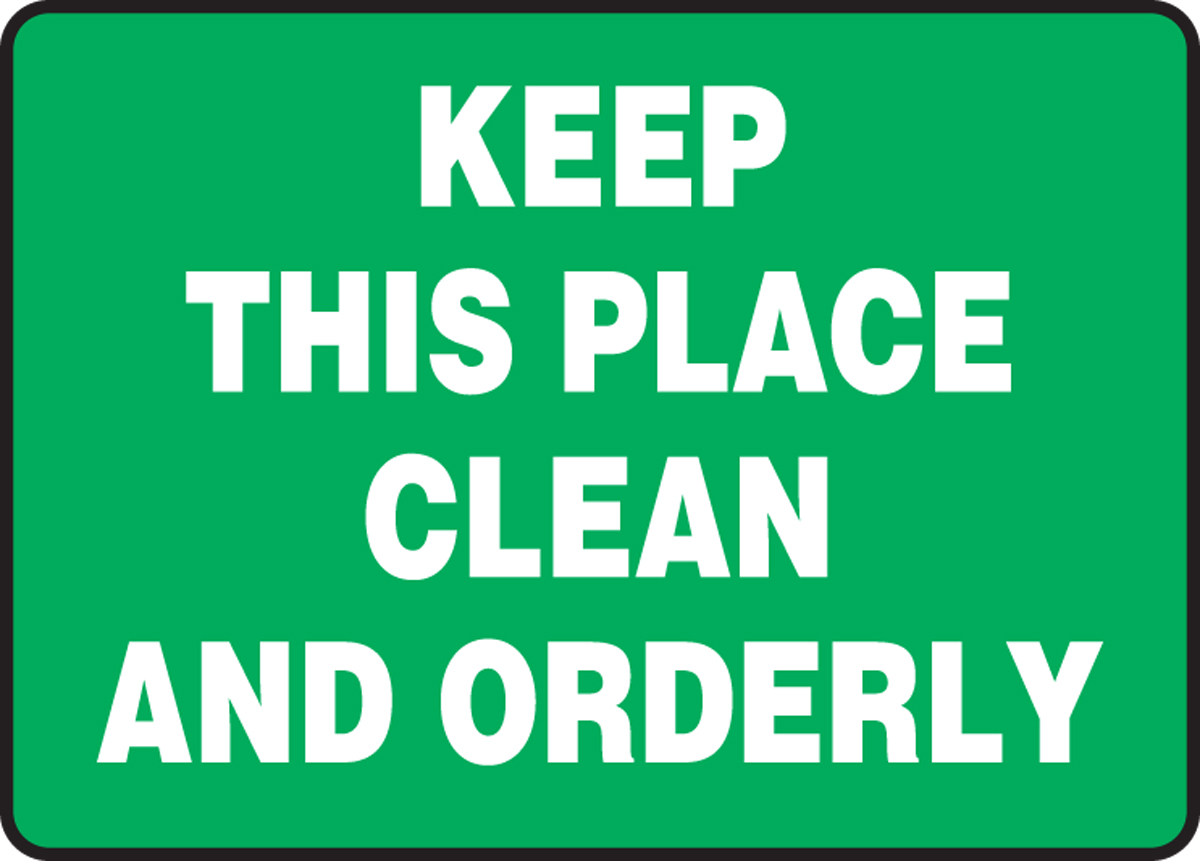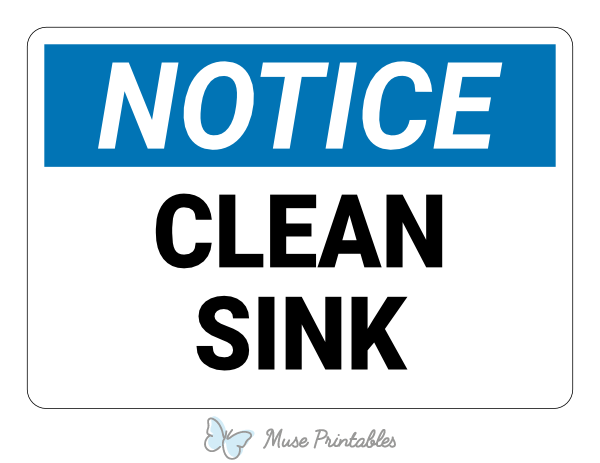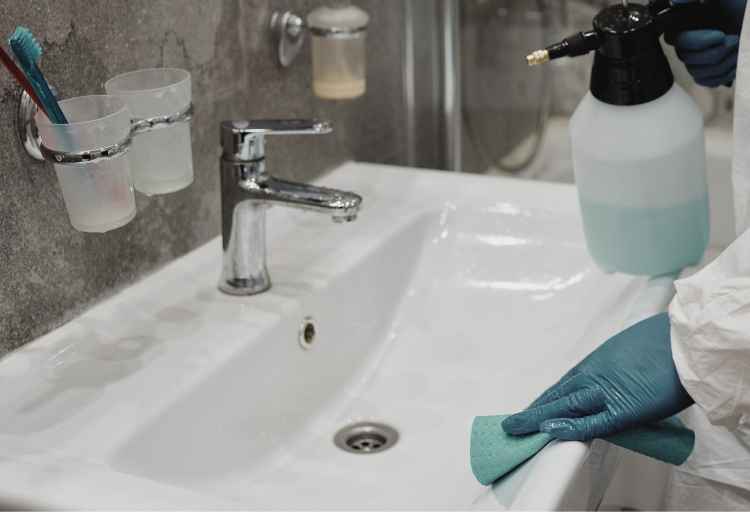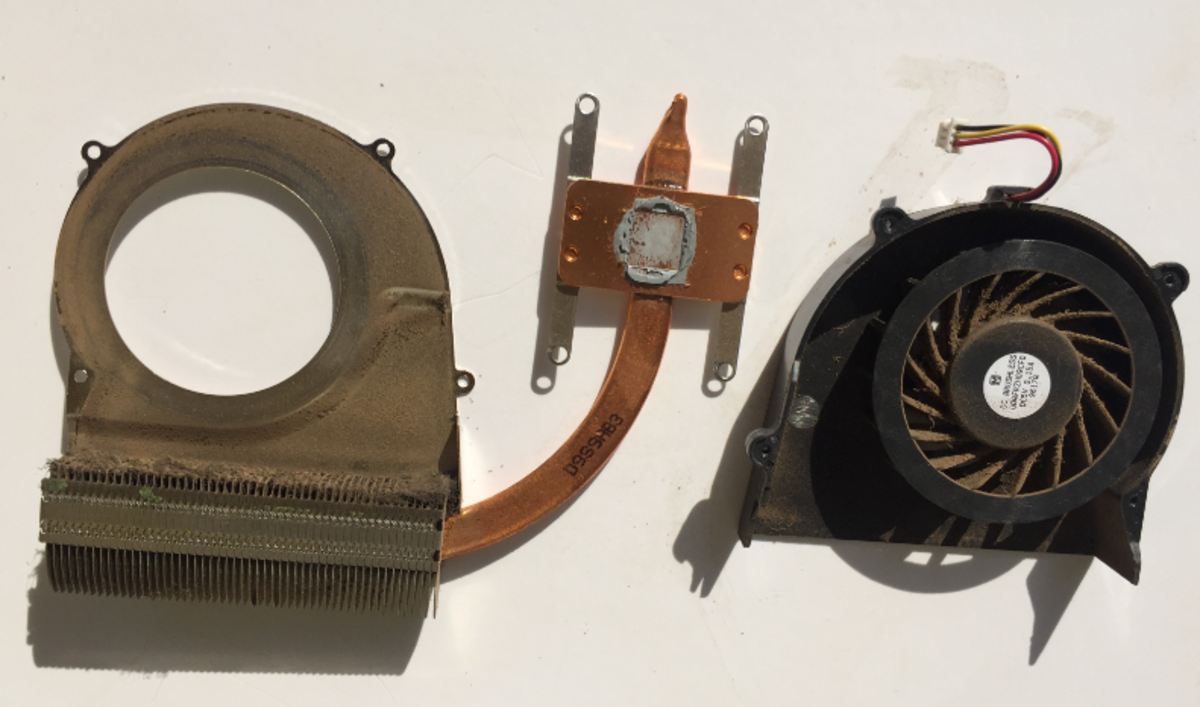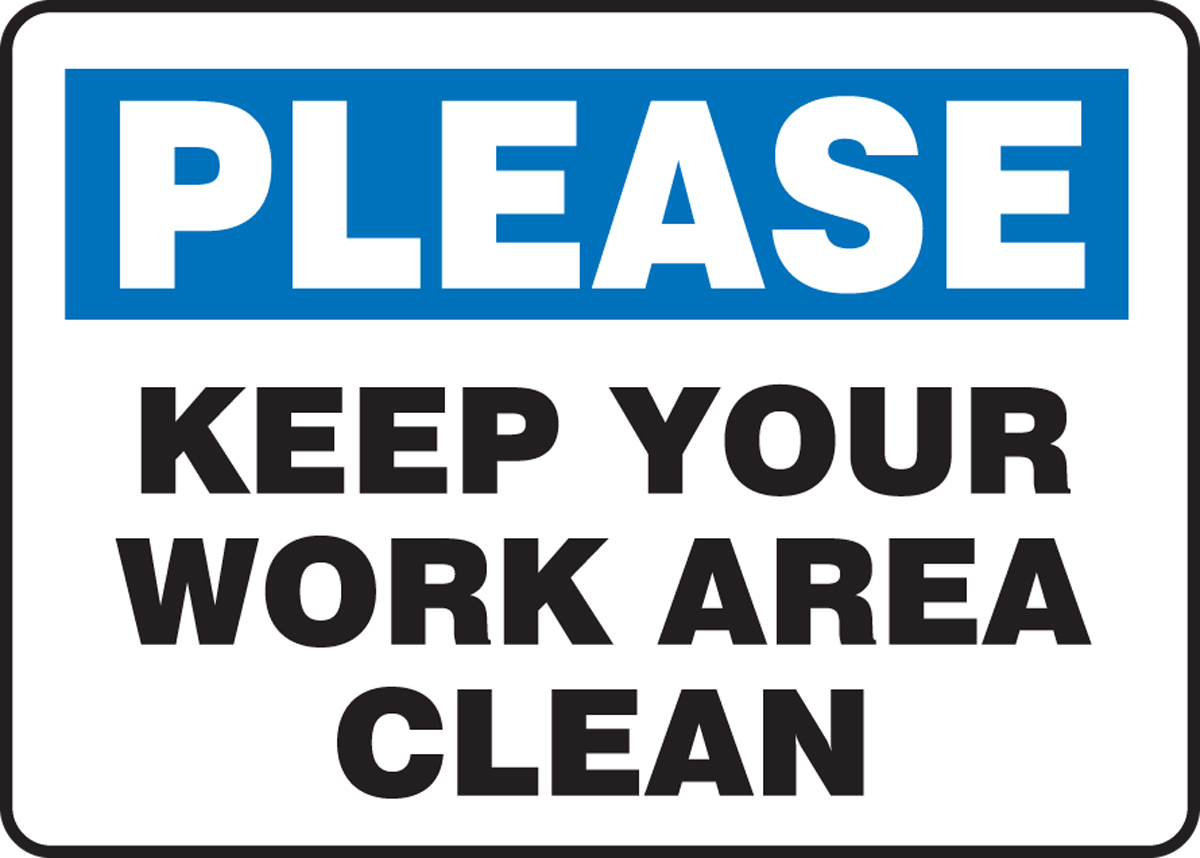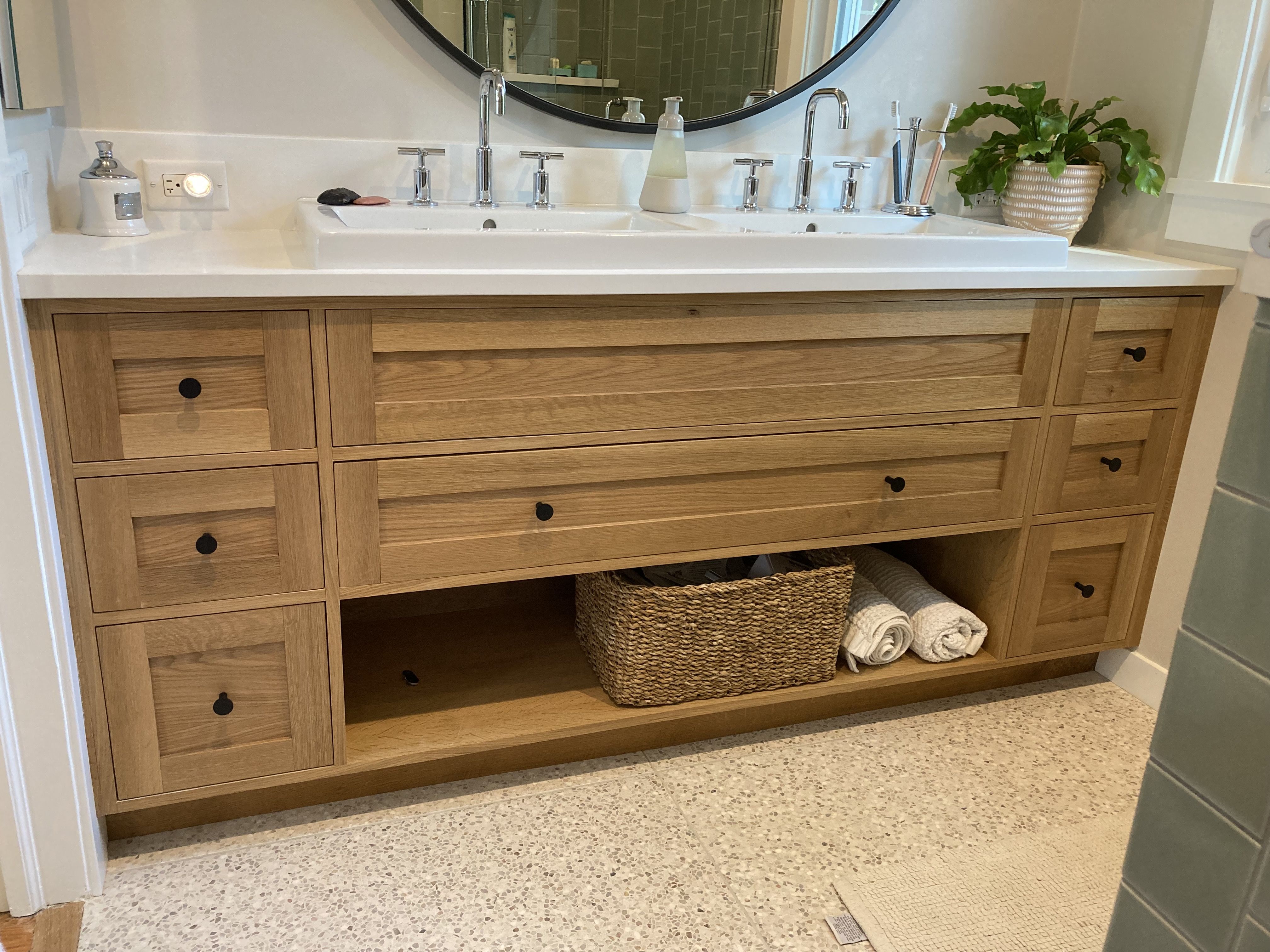1. Clean the sink with a mild detergent and warm water
The first step to restoring your kitchen stainless steel sink is to give it a good cleaning. Start by using a mild detergent and warm water to wash away any dirt, grime, and grease that may have accumulated on the surface. This will also help to remove any bacteria or food particles that could be causing stains or odors in your sink.
2. Use a non-abrasive cleaner to remove stains
If your sink has stubborn stains or discoloration, you may need to use a non-abrasive cleaner to get rid of them. Look for a cleaner specifically designed for stainless steel surfaces and avoid any products with harsh chemicals or abrasives, as these can damage the finish of your sink.
3. Rinse the sink thoroughly with water
After cleaning your sink, make sure to rinse it thoroughly with water to remove any leftover cleaning solution. This will also help to prevent any residue from building up and causing more stains or damage to your sink.
4. Dry the sink with a soft cloth
Using a soft cloth, gently dry your sink to prevent water spots from forming. Make sure to dry the sink in the direction of the grain to avoid any streaks or scratches on the surface. This will also help to restore the shine of your sink.
5. Apply a stainless steel polish to restore shine
If your sink is looking dull and lackluster, consider using a stainless steel polish to bring back its shine. Look for a polish that is safe for food contact and use a soft cloth to apply it in a circular motion. This will not only restore the shine of your sink but also help to protect it from future stains and damage.
6. Use a paste of baking soda and water to remove tough stains
If you have tough stains or residue on your sink that won't come off with regular cleaning, try making a paste of baking soda and water. This natural and gentle abrasive can help to scrub away stubborn stains without damaging the surface of your sink.
7. Buff the sink with a microfiber cloth for a polished finish
After cleaning and polishing your sink, use a microfiber cloth to buff the surface and give it a polished finish. This will help to remove any remaining residue and give your sink a smooth and shiny look. Plus, the microfiber cloth will not leave any lint or streaks on the surface.
8. Avoid using harsh chemicals or abrasive cleaners
When it comes to cleaning and restoring your stainless steel sink, it's important to avoid using harsh chemicals or abrasive cleaners. These can cause scratches, discoloration, and damage to the surface, making it more difficult to restore your sink to its original condition.
9. Consider using a commercial stainless steel cleaner for deep cleaning
If your sink needs a deep cleaning or has heavy stains and residue, consider using a commercial stainless steel cleaner. These products are specifically formulated for tough stains and can help to restore the shine and appearance of your sink. Just make sure to follow the instructions carefully and test the cleaner in a small area first.
10. Regularly clean and maintain your sink to prevent future damage
The best way to restore your kitchen stainless steel sink is to prevent it from getting damaged in the first place. Make sure to regularly clean and maintain your sink to keep it looking like new. Wipe it down after each use, avoid leaving standing water or harsh chemicals on the surface, and use a sink grid to protect it from scratches and dents.
By following these 10 steps, you can restore your kitchen stainless steel sink to its original shine and keep it looking beautiful for years to come. Remember to always use gentle cleaning methods and avoid harsh chemicals to prevent any damage to your sink. With proper care and maintenance, your sink will continue to be a functional and stylish addition to your kitchen.
The Importance of Properly Restoring a Kitchen SS Sink

Why a Kitchen SS Sink is a Vital Part of Your Home
 A kitchen SS sink is not just a functional fixture in your home, it is also an important design element. It is often the centerpiece of the kitchen and can greatly impact the overall look and feel of the space. This is why it is crucial to properly restore a kitchen SS sink, as it can greatly enhance the aesthetic appeal of your home.
A kitchen SS sink is not just a functional fixture in your home, it is also an important design element. It is often the centerpiece of the kitchen and can greatly impact the overall look and feel of the space. This is why it is crucial to properly restore a kitchen SS sink, as it can greatly enhance the aesthetic appeal of your home.
The Challenges of Restoring a Kitchen SS Sink
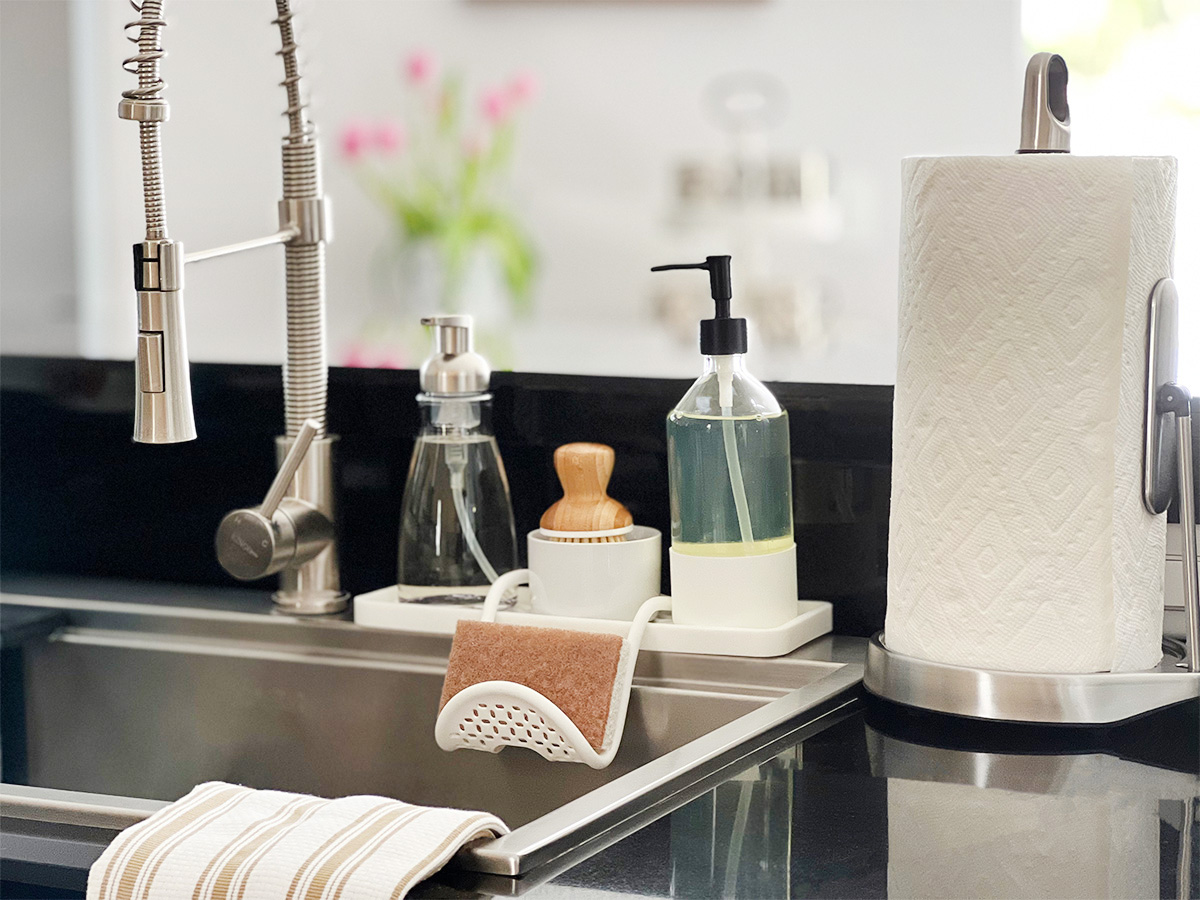 Restoring a kitchen SS sink can be a daunting task, especially if it has been neglected for a long time. The sink may have scratches, stains, and other signs of wear and tear that can make it appear dull and unappealing. Additionally, the type of material used for the sink, such as stainless steel, can also pose challenges in terms of cleaning and maintenance. However, with the right approach and techniques, you can restore your kitchen SS sink to its former glory.
Restoring a kitchen SS sink can be a daunting task, especially if it has been neglected for a long time. The sink may have scratches, stains, and other signs of wear and tear that can make it appear dull and unappealing. Additionally, the type of material used for the sink, such as stainless steel, can also pose challenges in terms of cleaning and maintenance. However, with the right approach and techniques, you can restore your kitchen SS sink to its former glory.
The Best Way to Restore a Kitchen SS Sink
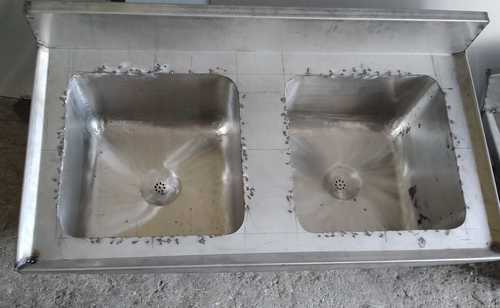 When it comes to restoring a kitchen SS sink, the key is to be gentle yet thorough. Harsh chemicals and abrasive tools should be avoided as they can damage the surface of the sink. Instead, opt for mild cleaning solutions and soft cloths or sponges. Baking soda and vinegar are also effective natural cleaners for stainless steel sinks. Regular maintenance is also important to prevent buildup and maintain the shine of your sink.
When it comes to restoring a kitchen SS sink, the key is to be gentle yet thorough. Harsh chemicals and abrasive tools should be avoided as they can damage the surface of the sink. Instead, opt for mild cleaning solutions and soft cloths or sponges. Baking soda and vinegar are also effective natural cleaners for stainless steel sinks. Regular maintenance is also important to prevent buildup and maintain the shine of your sink.
The Benefits of a Restored Kitchen SS Sink
 By properly restoring your kitchen SS sink, you not only improve its appearance but also increase its lifespan. A well-maintained sink can last for many years, saving you the cost of frequent replacements. Additionally, a restored kitchen SS sink can also add value to your home, making it a worthwhile investment.
In Conclusion
, a kitchen SS sink is more than just a place to wash dishes, it is an integral part of your home's design. By following the best practices and being diligent with maintenance, you can restore your kitchen SS sink and reap the benefits of a beautiful and functional fixture in your home. Remember to use gentle cleaning methods, be consistent with maintenance, and enjoy the shine and elegance of your restored kitchen SS sink for years to come.
By properly restoring your kitchen SS sink, you not only improve its appearance but also increase its lifespan. A well-maintained sink can last for many years, saving you the cost of frequent replacements. Additionally, a restored kitchen SS sink can also add value to your home, making it a worthwhile investment.
In Conclusion
, a kitchen SS sink is more than just a place to wash dishes, it is an integral part of your home's design. By following the best practices and being diligent with maintenance, you can restore your kitchen SS sink and reap the benefits of a beautiful and functional fixture in your home. Remember to use gentle cleaning methods, be consistent with maintenance, and enjoy the shine and elegance of your restored kitchen SS sink for years to come.

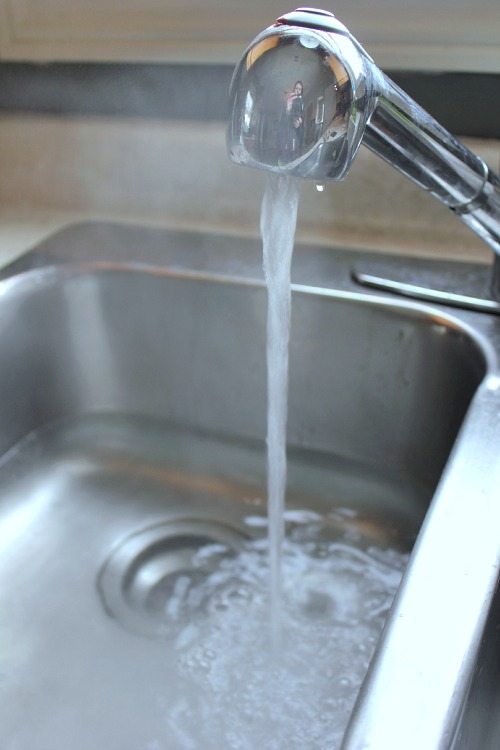

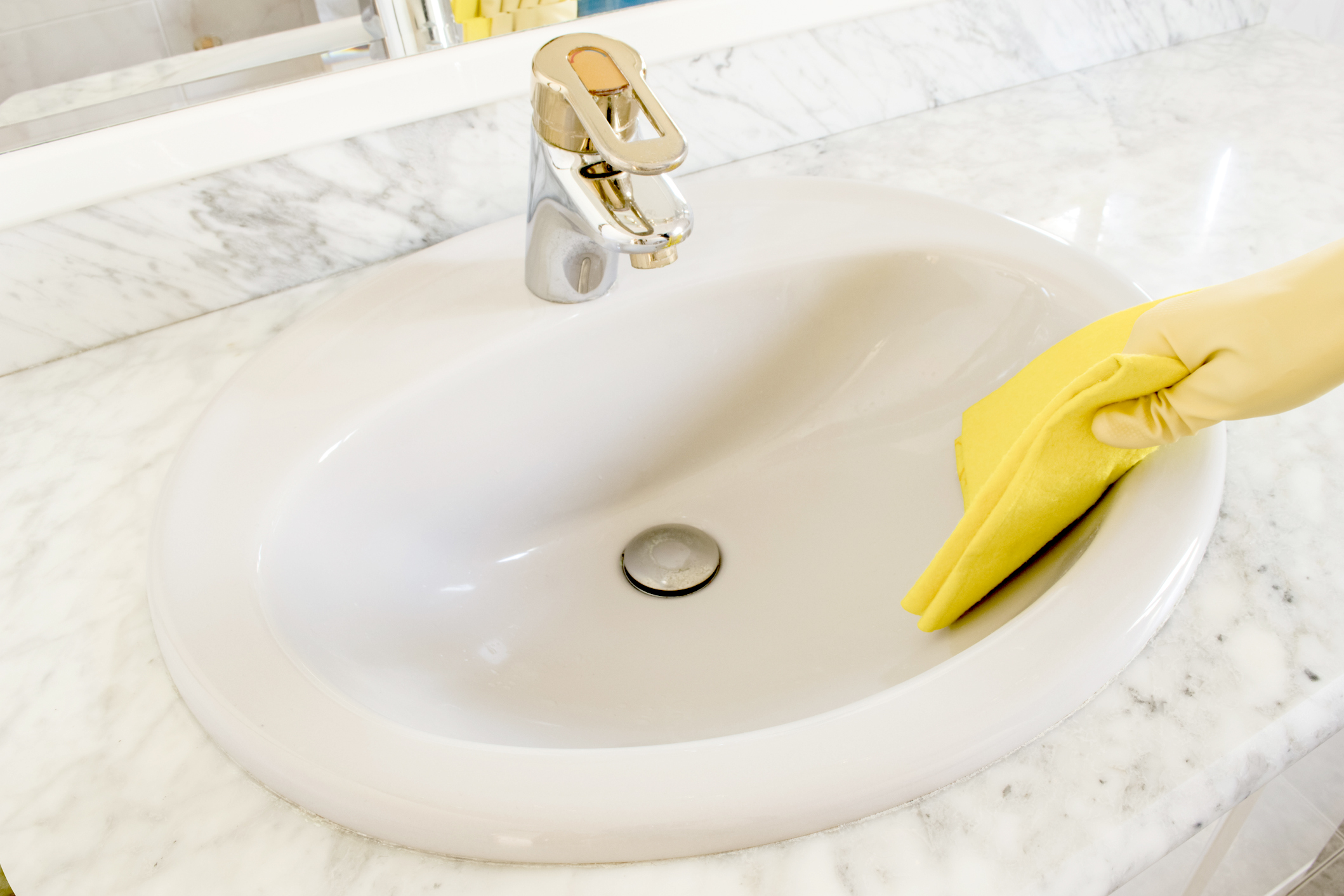
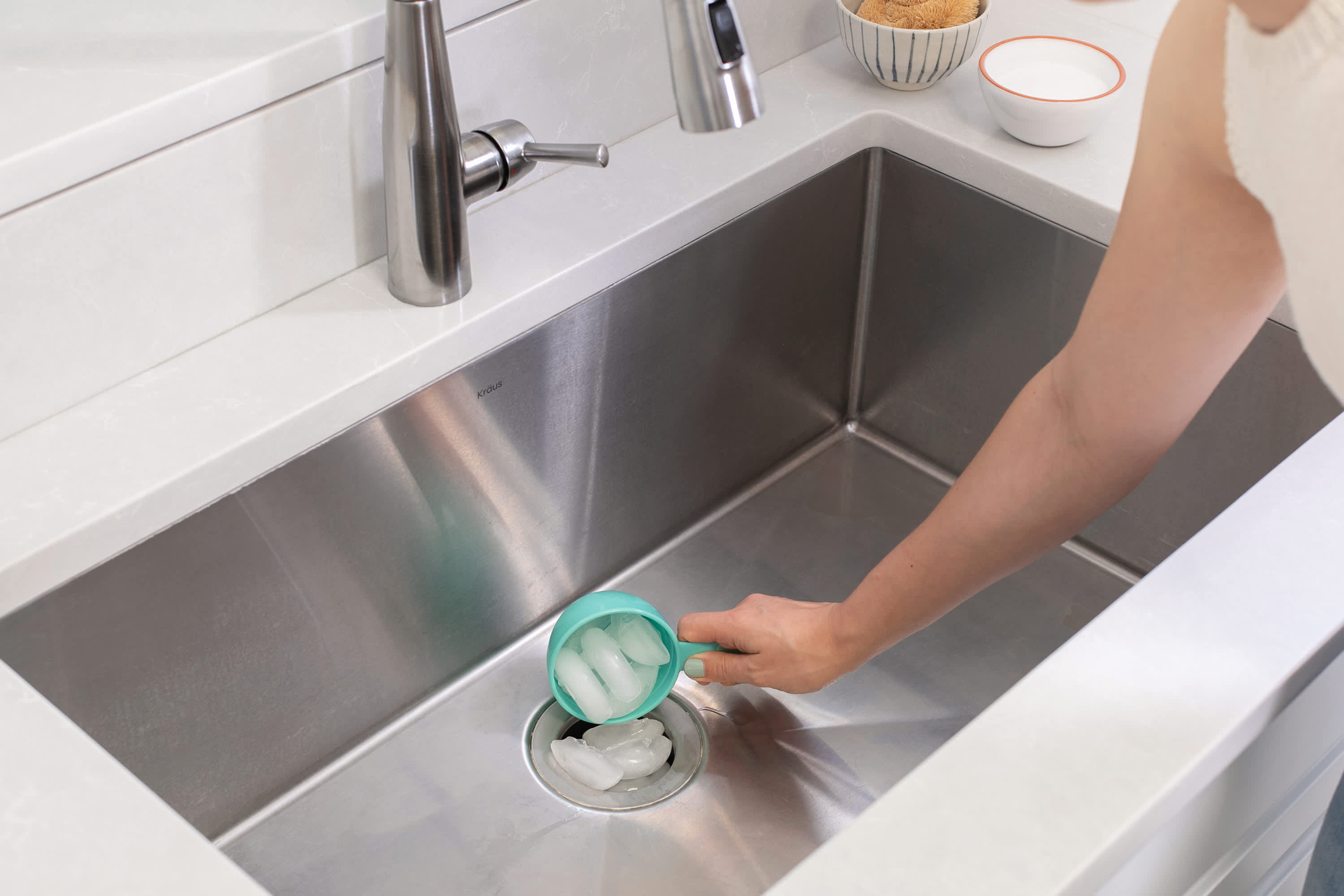


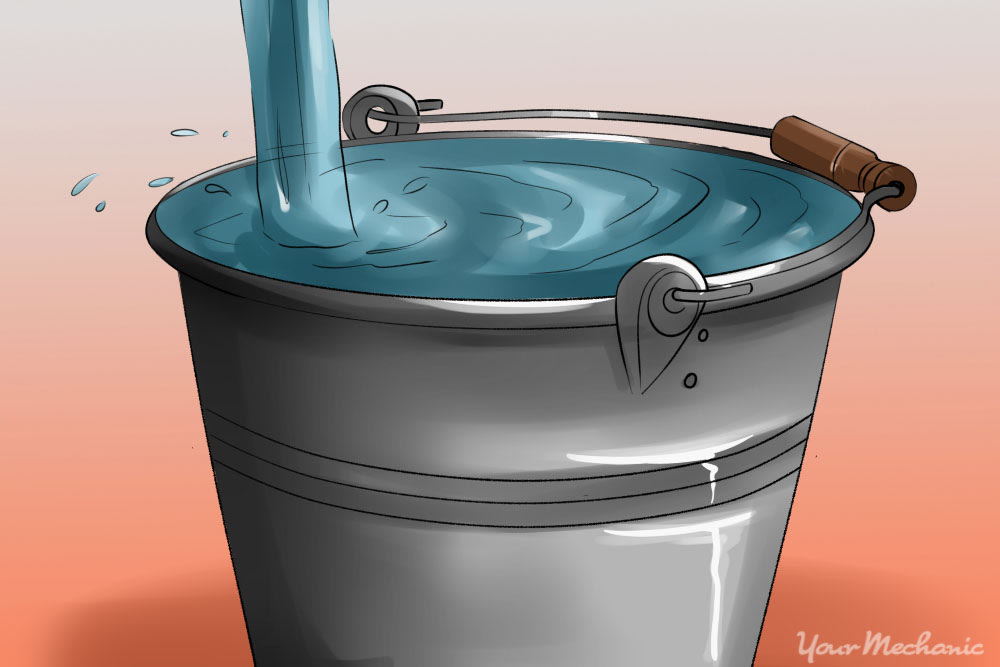
:max_bytes(150000):strip_icc()/GettyImages-80566571-5a1ca234aad52b00373338ff.jpg)

:strip_icc()/how-to-clean-a-bathroom-sink-drain-01-c728294c8bee42428afdf3e69f449279.jpg)
